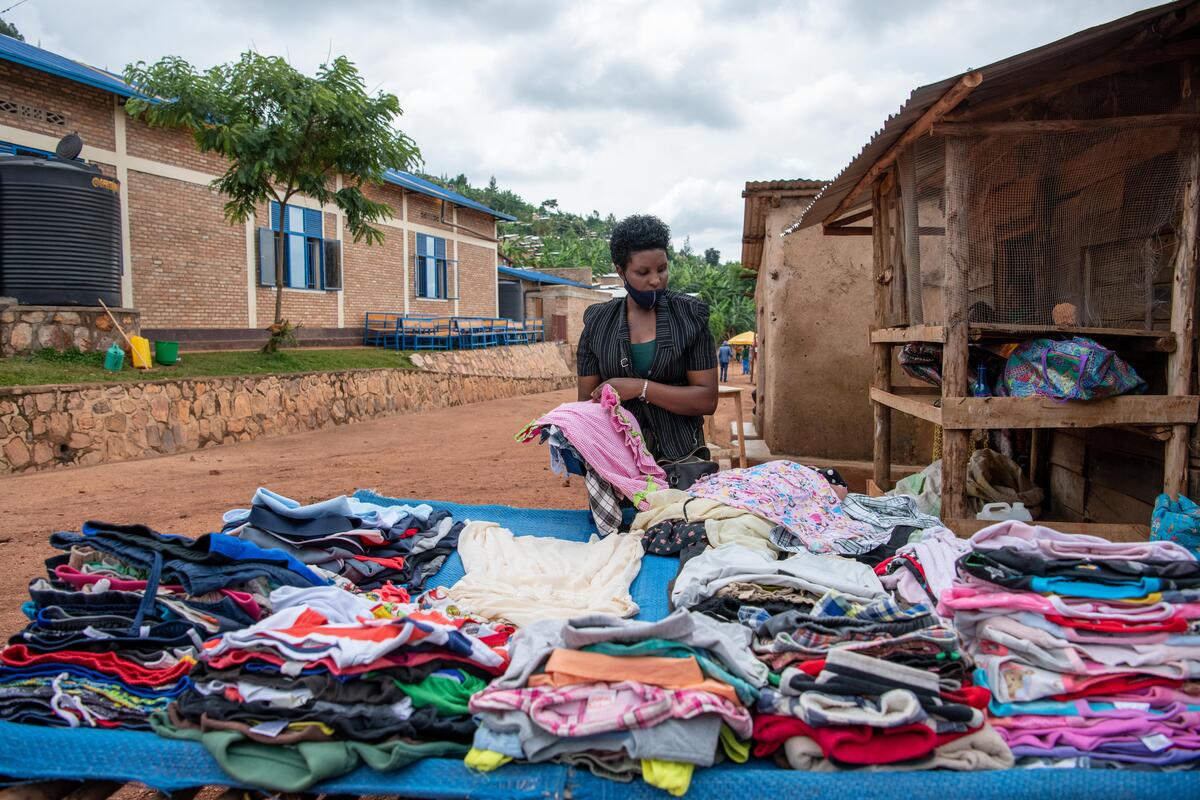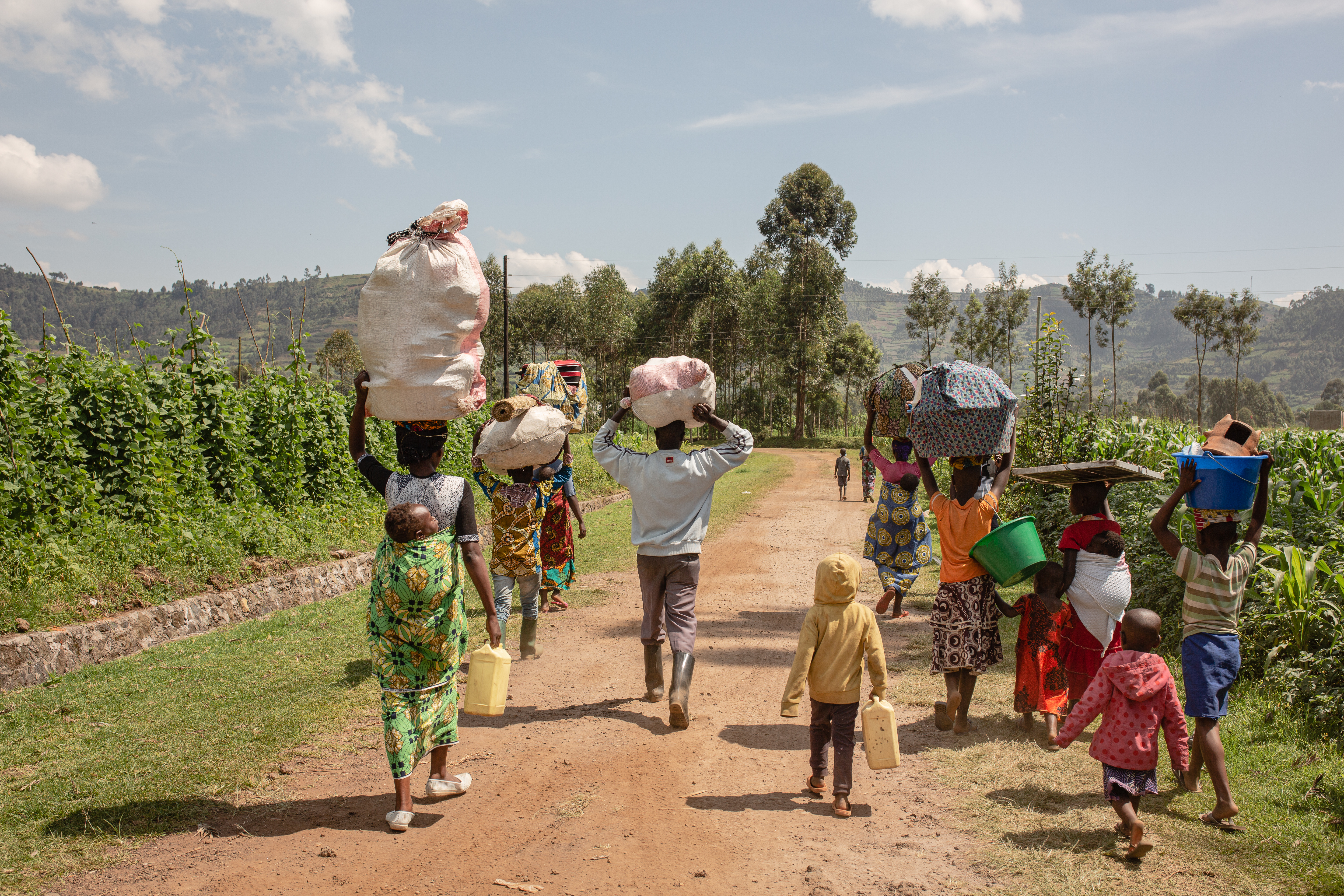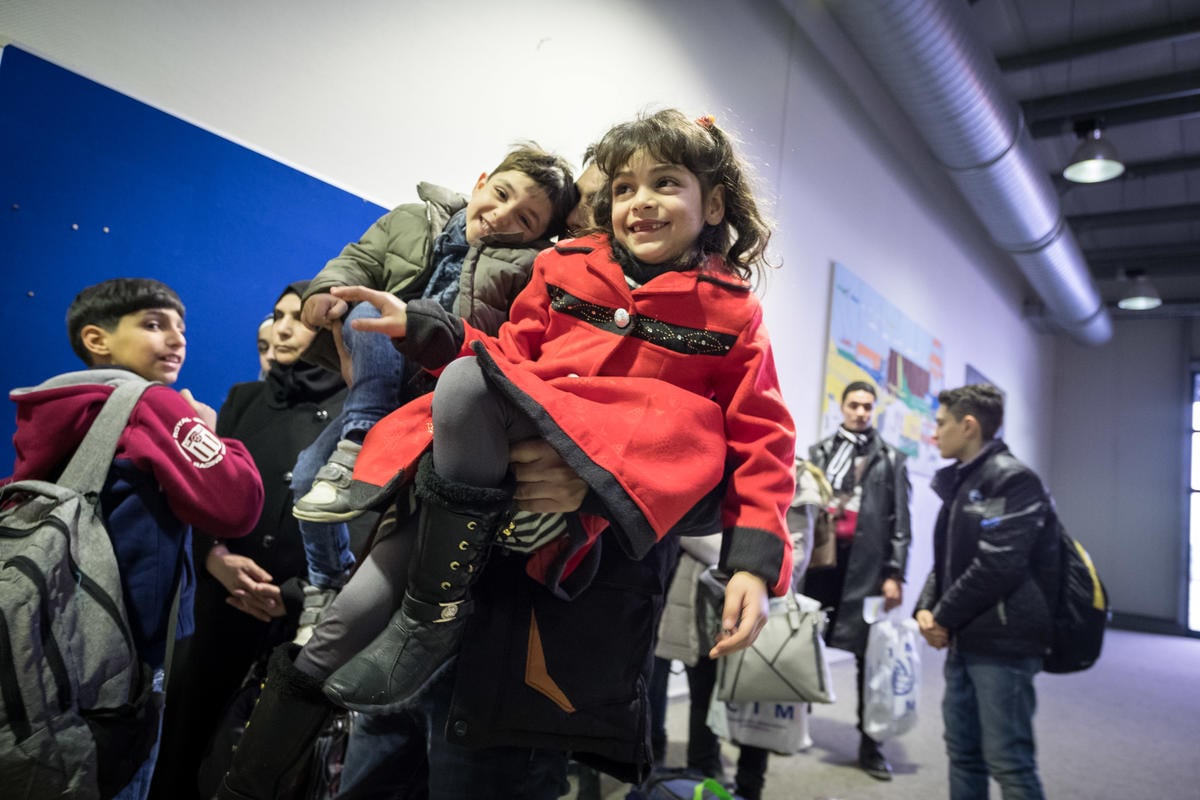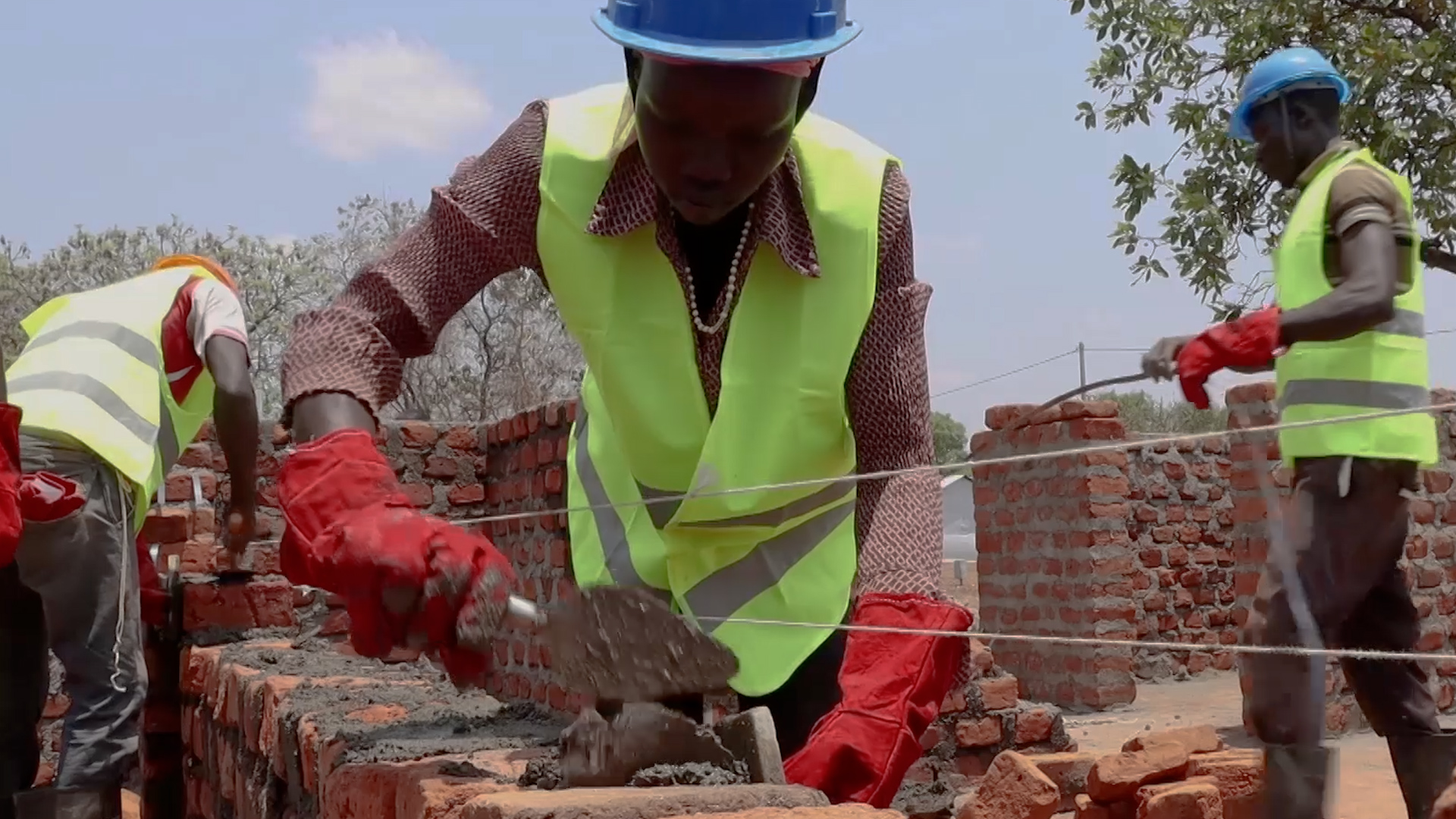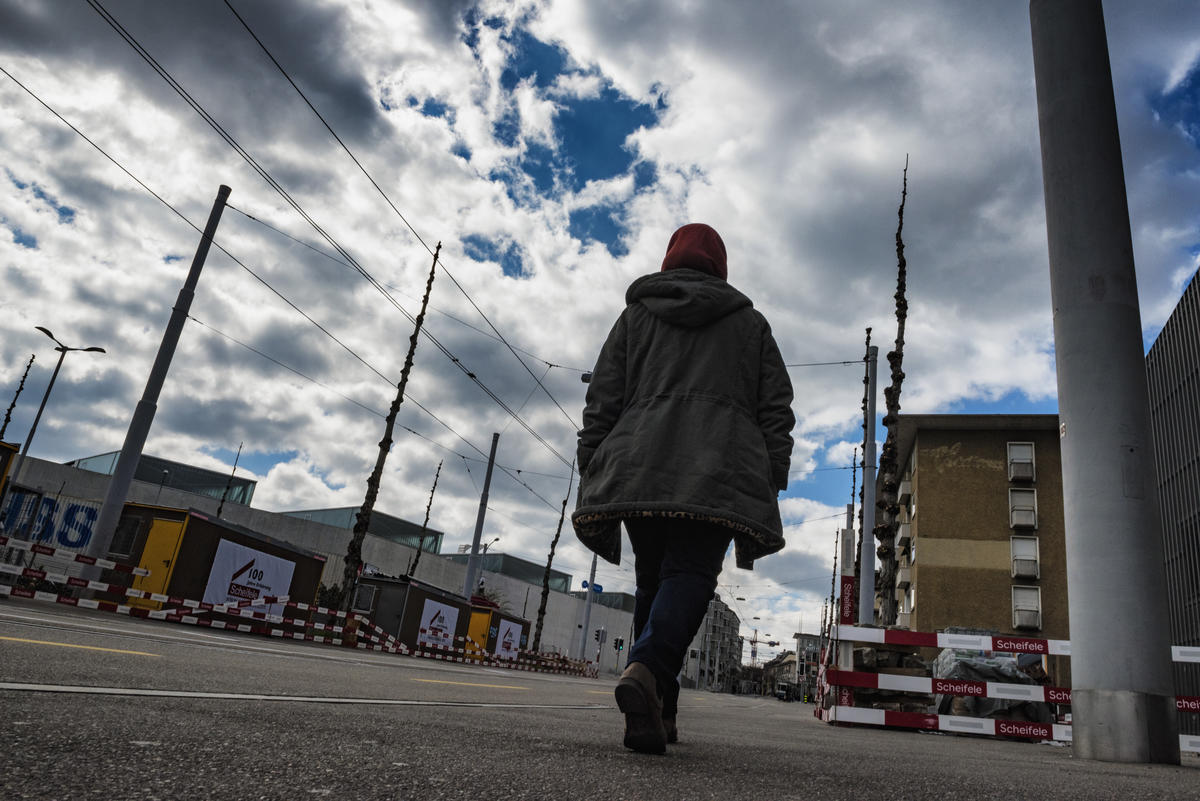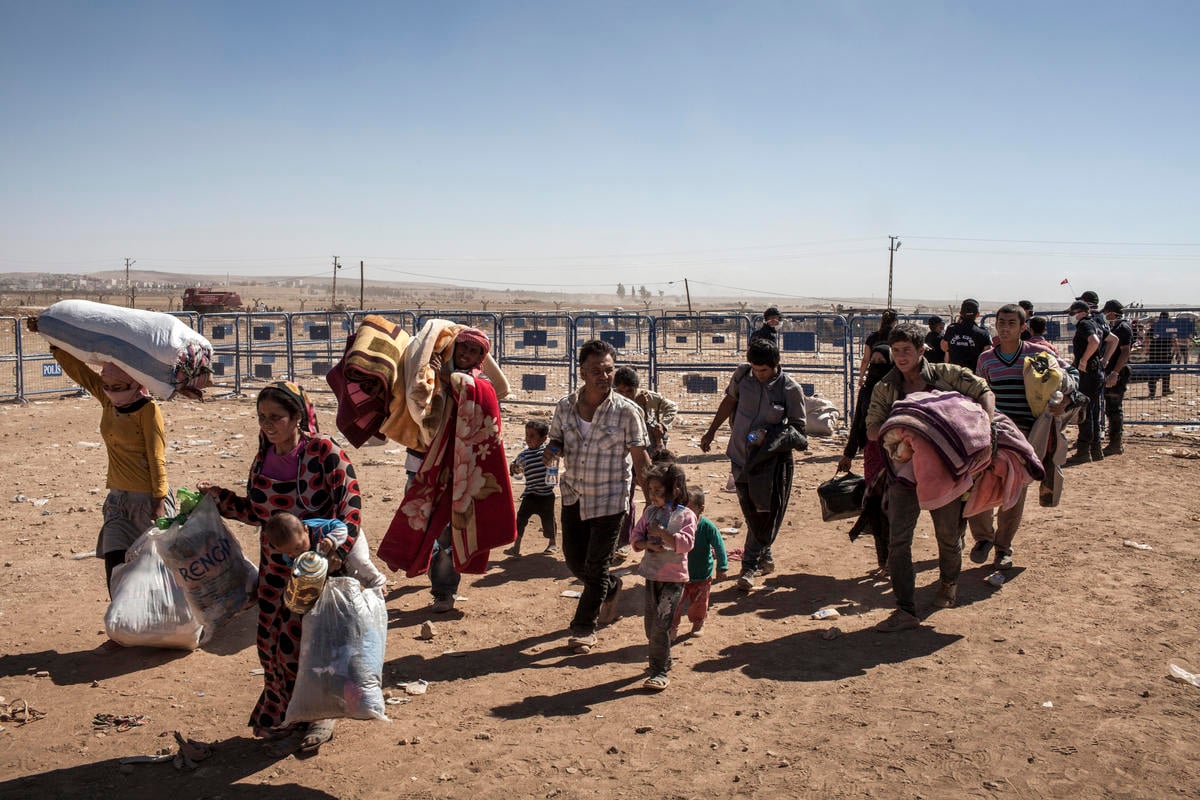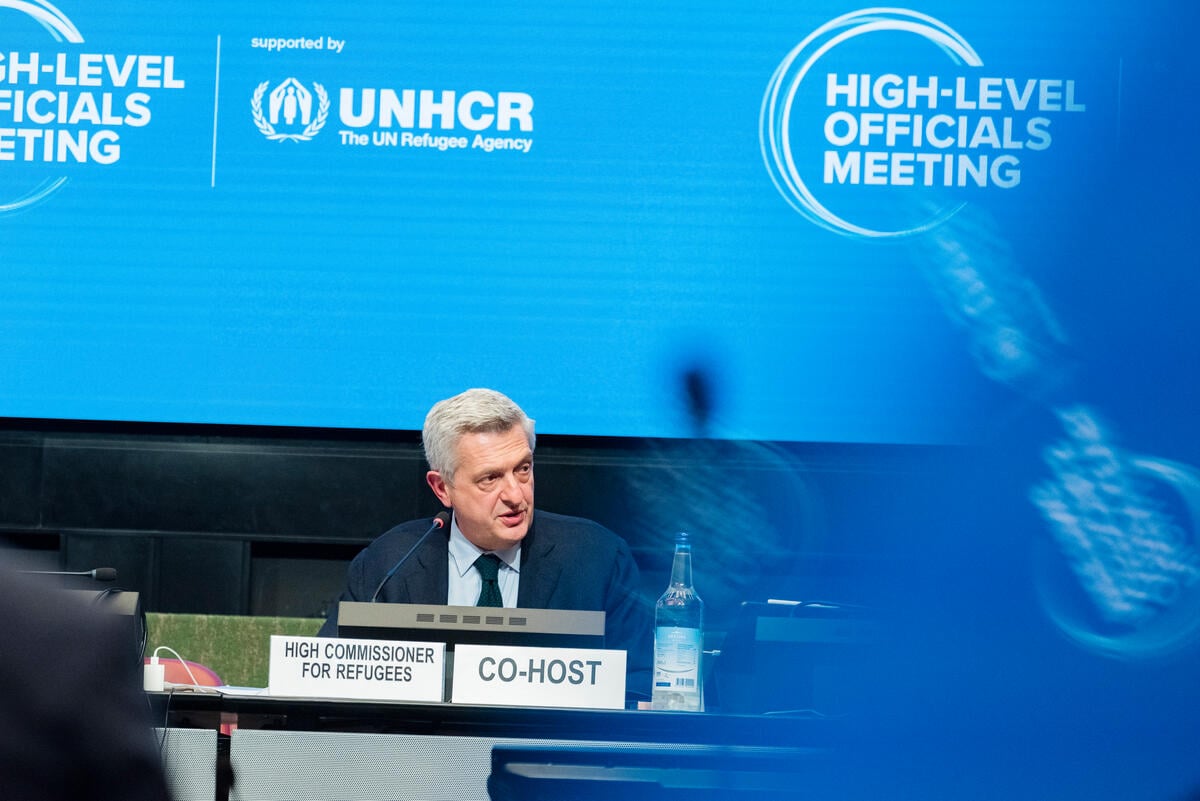New York Declaration spurs reforms to help refugees and their hosts as new framework is rolled-out
New York Declaration spurs reforms to help refugees and their hosts as new framework is rolled-out

A year on from the New York Declaration for Refugees and Migrants, in which all 193 Member States of the United Nations made a historic commitment to more equitably share responsibility for the world’s refugees, significant changes in refugee law, policies and responses are taking hold in several countries.
Key in the Declaration was the outlining of a new, yet evolutionary approach to addressing refugee situations known as the Comprehensive Refugee Response Framework (CRRF). The CRRF is important as it represents the latest thinking on managing refugee situations and builds on years of experience. It aims to enhance refugee self-reliance and inclusion; provide refugees with better possibilities for solutions to their plights; and ease pressure on host countries. More broadly, the CRRF is about making international responses to refugee situations more predictable and more widely encompassing – involving a far wider spectrum of actors than previously. Already, it is being applied in 11 countries in Africa and the Americas, both nationally and regionally.
Initiatives connected with this include:
Legal and policy reforms
Djibouti passed a new national refugee law in January 2017. When fully implemented this will allow thousands of refugees to obtain official identification documentation, receive better access to education and health services, and put them on better paths to self-reliance. The law will mean life-changing improvements for some 27,600 refugees who live in the country’s three refugee camps – providing the right to work, to access the justice system, to quality education and the right to naturalization, greatly boosting their opportunities for a better future.
In Ethiopia, refugee children will be issued birth certificates for the first time at the end of September as part of a new Vital Events and Registration Proclamation. Under the new comprehensive Refugee Proclamation, currently under review by the government, tens of thousands of refugees will qualify for work permits, allowing them to make a living and contribute to the local economy. Some 75,000 refugees of all nationalities could also move freely and live in towns and cities as part of an expanded out of camp policy.
Fostering regional cooperation
The CRRF is also driving regional cooperation among countries affected by the Somali refugee situation, helping to change the political discourse on refugees from ‘threats’ and ‘burdens’ to conversations on how refugee self-reliance can benefit host communities too.
Last March, under the auspices of the Inter-governmental Authority on Development (IGAD), leaders from five countries at the centre of the Somali refugee crisis for nearly 30 years committed for the first time to jointly find long-term solutions for some 900,000 Somali refugees residing in the region, and over a million Somalis displaced inside their country. In the Nairobi Declaration, Djibouti, Uganda, Ethiopia, Kenya and Somalia also re-committed to protecting asylum space for new Somali refugees by, for example, continuing to receive those fleeing insecurity and hunger and pledging to review each country’s national refugee laws -- including policies to allow refugees to earn a living and contribute to the local economies.
Increased regional cooperation is also providing support to development inside of Somalia, helping to foster sustainable conditions for refugees who want to go home. In August, a Somali government-led forum on returns and re-integration was held in Mogadishu for the first time in three decades, resulting in a draft national policy and action plan for Somali refugees, returnees and internally displaced people.
In Central America and Mexico, the Comprehensive Regional Protection and Solutions Framework (CRPSF) – a regional version of the CRRF - builds on existing regional responsibility sharing mechanisms, and aims to address the root causes of forced displacement and to strengthen protection and solutions for those affected. Costa Rica, El Salvador, Guatemala, Honduras, Panama and Mexico are looking at how they can strengthen the identification and protection of refugees, internally displaced people and deportees with protection needs, improve access to livelihood opportunities and services, and strengthen reception and national asylum systems. They are preparing national action plans that together with commitments from donors and cooperating states will form the CRPSF to be formally adopted at a regional conference hosted by Honduras on 26-27 October 2017.
Supporting refugee hosting countries
The importance of robust support for refugee hosting countries, which include some of the poorest in the world, was a key tenet of the New York Declaration. In December last year, the World Bank approved the allocation of US$2 billion under the IDA-18, focused on providing low income refugee hosting countries with grants and loans for development activities such as building roads, that will benefit refugees and the communities that host them. Other development agencies, such as the European International Development Cooperation (DEVCO) and the Japan International Cooperation Agency (JICA) are also increasing support to refugee hosting countries so that they can further include refugees in national development plans.
Yet despite these welcome developments, the level of international support for refugee hosting countries still falls woefully short of requirements. Uganda, which already has in place model refugee law and policies providing refugee access to national education and health services, the right to work, run businesses and the opportunity to farm land, is generously hosting more than one million refugees from South Sudan. But despite a Solidarity Summit held in June, enough concrete support is yet to materialize and operations for 2017 re only 34 per cent funded – hampering the ability to provide life-saving aid and basic services to refugees and the shift to more comprehensive and sustainable response envisaged in the CRRF.
The aspirations of the New York Declaration for more predictable and sustainable responses to refugee situations in which host communities are properly supported and refugees can thrive, participate and contribute will not be realized unless commitments are matched by concrete support and action.
The New York Declaration for Refugees and Migrants was adopted by the UN General Assembly on 19 September 2016, and tasked UNHCR to apply a new Comprehensive Refugee Response Framework (CRRF) – set out in its Annex 1 – to situations of large refugee movements.
The CRRF is now formally being applied (either nationally or regionally) in Djibouti, Ethiopia, Somalia, Tanzania, Uganda, Costa Rica, El Salvador, Guatemala, Honduras, Mexico, and Panama.
For more information:
http://www.unhcr.org/comprehensive-refugee-response-framework-crrf.html
http://www.unhcr.org/towards-a-global-compact-on-refugees.html
For more information on this topic, please contact:
- In Geneva, Ariane Rummery, rummery@unhcr.org, +41 79 200 7617
- In Nairobi, Dana Hughes, hughes@unhcr.org, +254 733 440 536
- In Ethiopia, Kisut Gebreegziabher, gegziabk@unhcr.org, +251 911 208 901
- In Djibouti, Vanessa J Panaligan, panaliga@unhcr.org,+ 253 77 23 01 80
- In Mexico, Francesca Fontanini, fontanin@unhcr.org, +52 1 (55) 9197 2690

